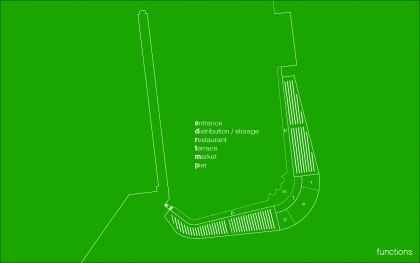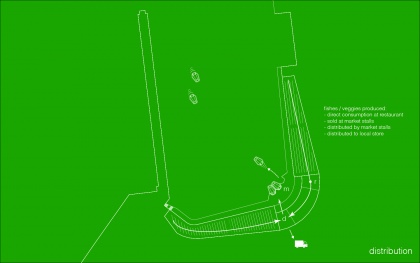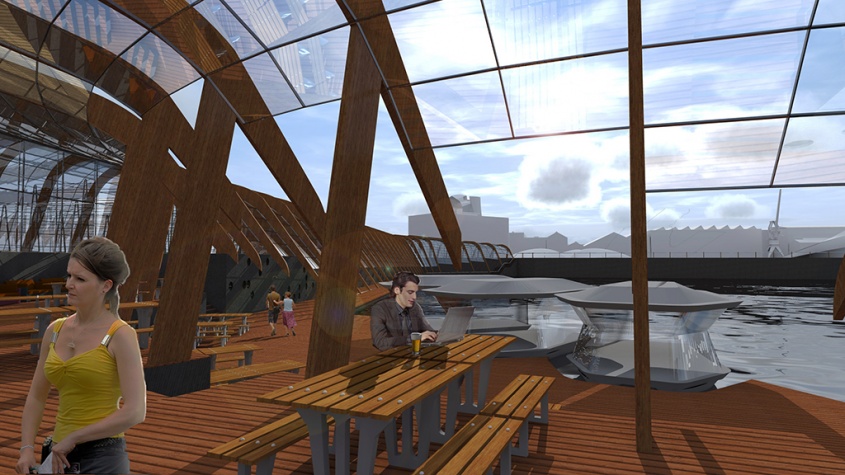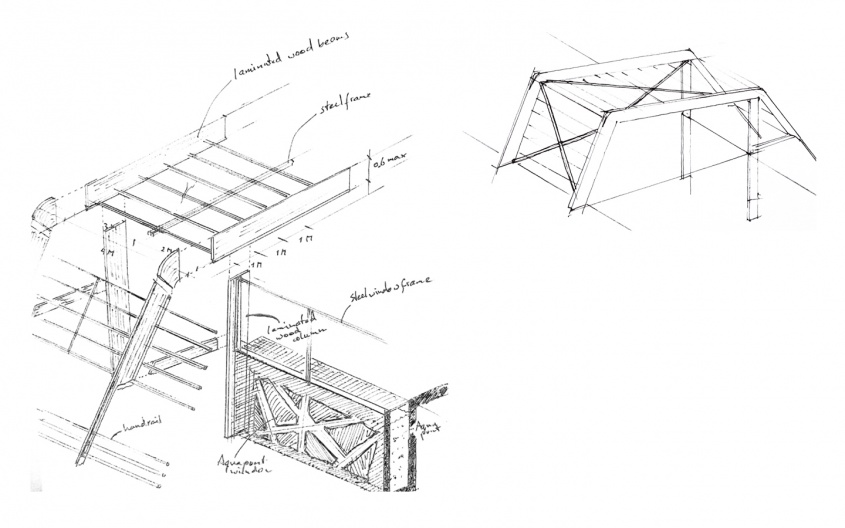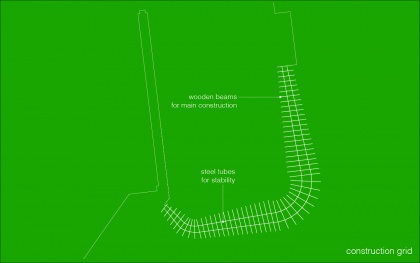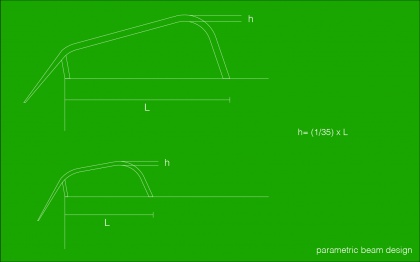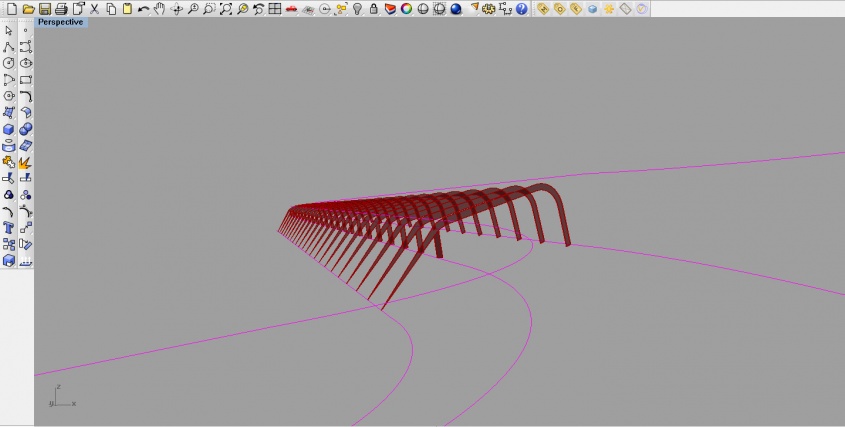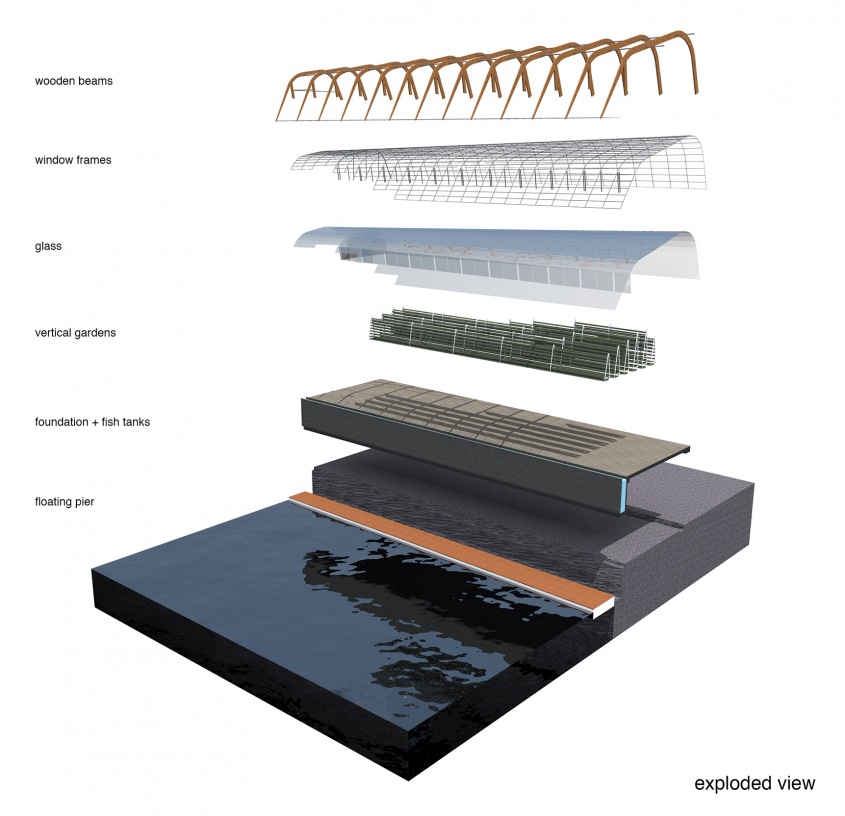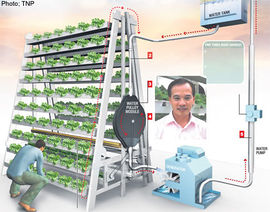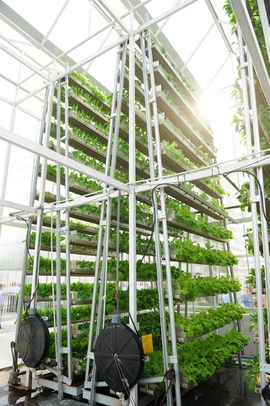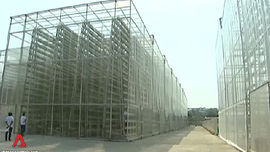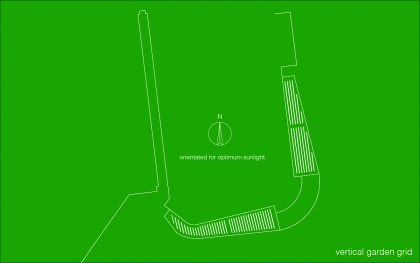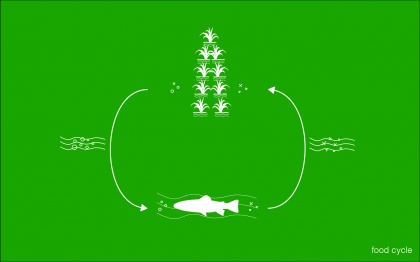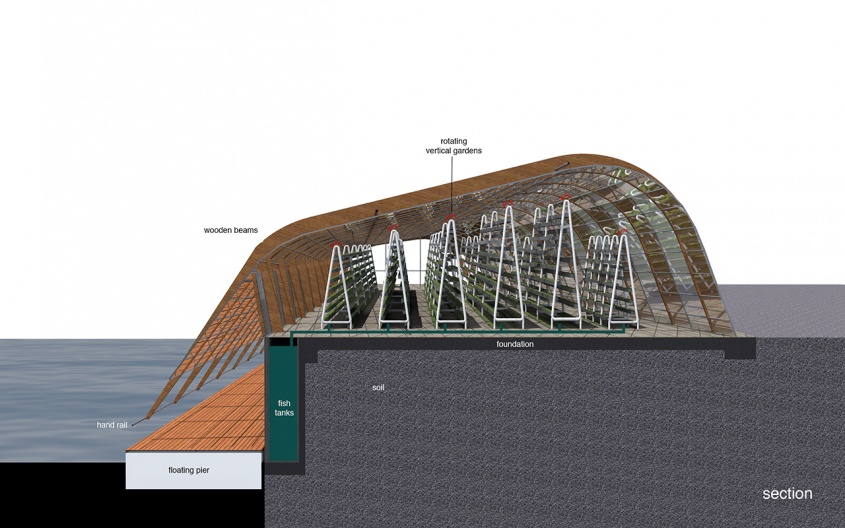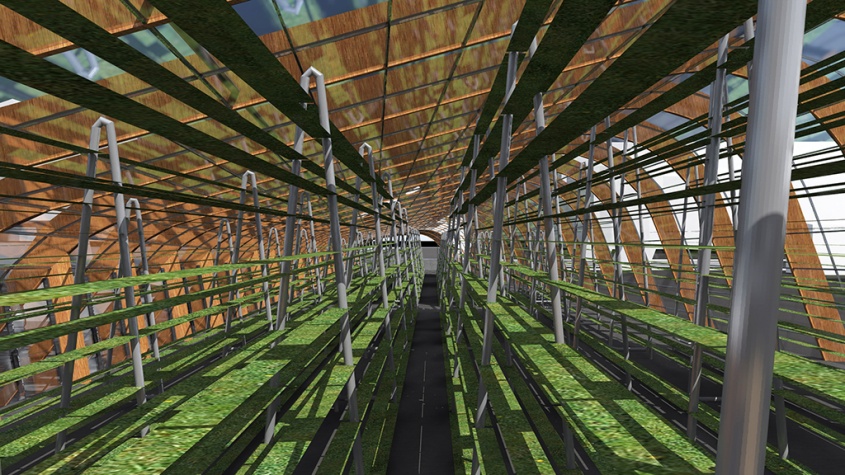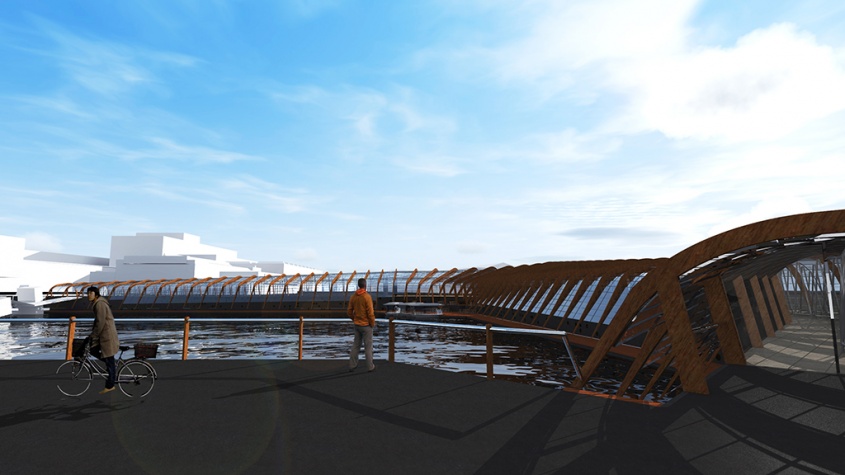project11:Performance
m |
m |
||
| (4 intermediate revisions by one user not shown) | |||
| Line 31: | Line 31: | ||
| − | [[File:terrace.jpg| | + | [[File:terrace.jpg|845px]] |
| Line 40: | Line 40: | ||
---- | ---- | ||
| − | [[File:sketches construction.jpg| | + | [[File:sketches construction.jpg|845px]] |
| Line 52: | Line 52: | ||
[[File:project11-schemes-06.jpg|420px]] | [[File:project11-schemes-06.jpg|420px]] | ||
| − | + | In the Grasshopper script a rule of fist is used to dimension the height of the wooden beams and the thickness of the columns. | |
| Line 59: | Line 59: | ||
---- | ---- | ||
| − | [[File:GH powerlines beams.jpg| | + | [[File:GH powerlines beams.jpg|845px]] |
| − | [[File:GH rhino beams.jpg| | + | [[File:GH rhino beams.jpg|845px]] |
| Line 70: | Line 70: | ||
---- | ---- | ||
| − | [[File:exploded view small.jpg| | + | [[File:exploded view small.jpg|845px]] |
| Line 90: | Line 90: | ||
</div> | </div> | ||
</div> | </div> | ||
| − | |||
| + | These images show a vertical farming project in Singapore which include series of water-powered rotating trays that grow several types of vegetables. In this way, all the trays get enough sunlight. The use of vertical farms has a lot of advantages over other forms of urban agriculture. For example, you can squeeze more plants on the same square meters, therefor it's a perfect solution for urban areas. | ||
| − | '''Vertical garden grid''' | + | |
| + | |||
| + | '''Vertical garden grid and nutrition cycle''' | ||
---- | ---- | ||
[[File:project11-schemes-03.jpg|420px]] | [[File:project11-schemes-03.jpg|420px]] | ||
| + | [[File:project11-schemes-08.jpg|420px]] | ||
| − | + | The trays are rotating so each plant gets enough sunlight. Still the orientation of the rows of the vertical gardens is important. They are north-south orientated for an optimum catching of the light. The excreta of the fish in the water of the tanks are a nutrition for the plants. The plants convert these substances into nutrition for the fishes, in this way they both provide each other with nutritions they need, creating an internal nutrition cycle. | |
| Line 108: | Line 111: | ||
---- | ---- | ||
| − | [[File:Section small.jpg| | + | [[File:Section small.jpg|845px]] |
| + | |||
| + | In this section of the greenhouse you see how the gardens are connected to the fish tanks for the nutrition cycle. | ||
| Line 117: | Line 122: | ||
---- | ---- | ||
| − | [[File:Interior.jpg| | + | [[File:Interior.jpg|845px]] |
| + | |||
| + | |||
| + | |||
| + | |||
| + | |||
| + | '''Perspective view''' | ||
| + | ---- | ||
| + | |||
| + | [[File:Groundlevel.jpg|845px]] | ||
Latest revision as of 12:36, 25 January 2013
Performance
How the building works
Finding a simple but elegant construction principle
Constructional concept
In the Grasshopper script a rule of fist is used to dimension the height of the wooden beams and the thickness of the columns.
Grasshopper script of the construction
Exploded view
Vertical Gardens
These images show a vertical farming project in Singapore which include series of water-powered rotating trays that grow several types of vegetables. In this way, all the trays get enough sunlight. The use of vertical farms has a lot of advantages over other forms of urban agriculture. For example, you can squeeze more plants on the same square meters, therefor it's a perfect solution for urban areas.
Vertical garden grid and nutrition cycle
The trays are rotating so each plant gets enough sunlight. Still the orientation of the rows of the vertical gardens is important. They are north-south orientated for an optimum catching of the light. The excreta of the fish in the water of the tanks are a nutrition for the plants. The plants convert these substances into nutrition for the fishes, in this way they both provide each other with nutritions they need, creating an internal nutrition cycle.
Section
In this section of the greenhouse you see how the gardens are connected to the fish tanks for the nutrition cycle.
Interior of the greenhouse
Perspective view
